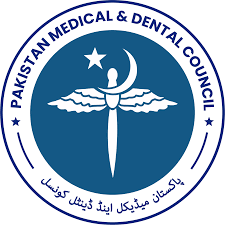Prevalence of dry socket among the patients reporting for extraction to Khyber College of Dentistry (KCD), Peshawar.
DOI:
https://doi.org/10.52442/jrcd.v4i1.73Abstract
Aims: The main objective of the current study is to determine the Prevalence of dry socket among the patients reporting for extraction to Khyber College of dentistry (KCD), Peshawar.
Material and Methods: A hospital base descriptive cross-sectional study to determine the prevalence of dry socket among the patients reporting for extraction to Khyber College of dentistry (KCD), Peshawar. The duration of the study was from May 2018 to May 2019. Our data collection was through proforma and convenience sampling technique was applied.
Results: among 356 patients, 89(25.0%) patients were having dry socket, while 267(75.0%) patients were no this complication. Dry socket was more common in males than females in our study. Mandibular molars were most commonly involved. More common sign and symptom was empty socket after developing dry socket. Onset of symptoms for dry socket was 24 hours after extraction more commonly reported.
Conclusion: Dry socket was found as an uncommon post extraction sequela. Males were mostly affected than females. Lower jaw was mostly targeted. Empty socket was most common sign and symptom of dry socket that occurred after extraction.
Keywords: Dry socket, descriptive cross-sectional study, convenience sampling technique, prevalence, and alveolar osteitis.




